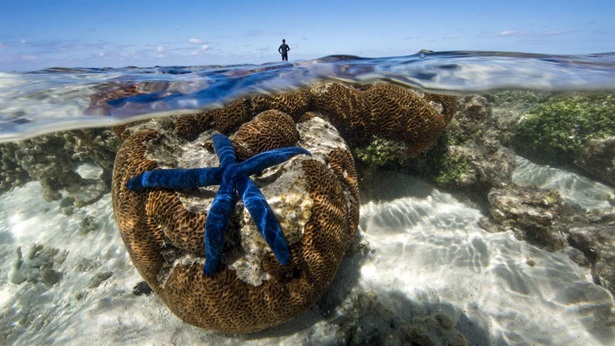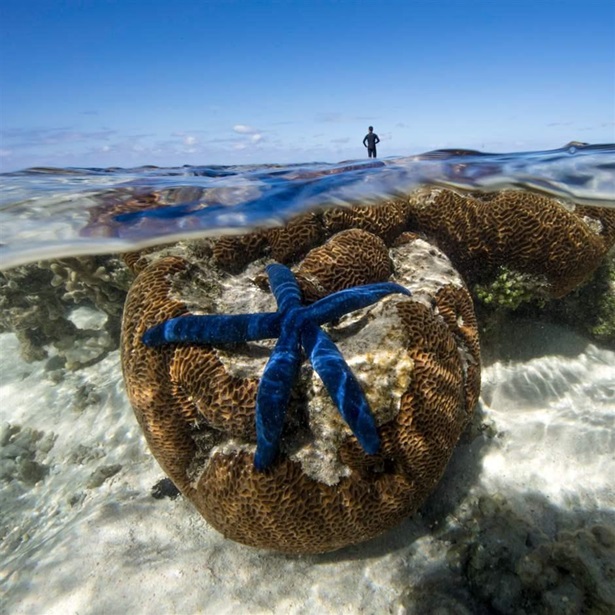World Leaders Increasingly Back Ambitious Ocean Protection Target
But conserving at least 30% of seas by 2030 will require swift—and bold—action
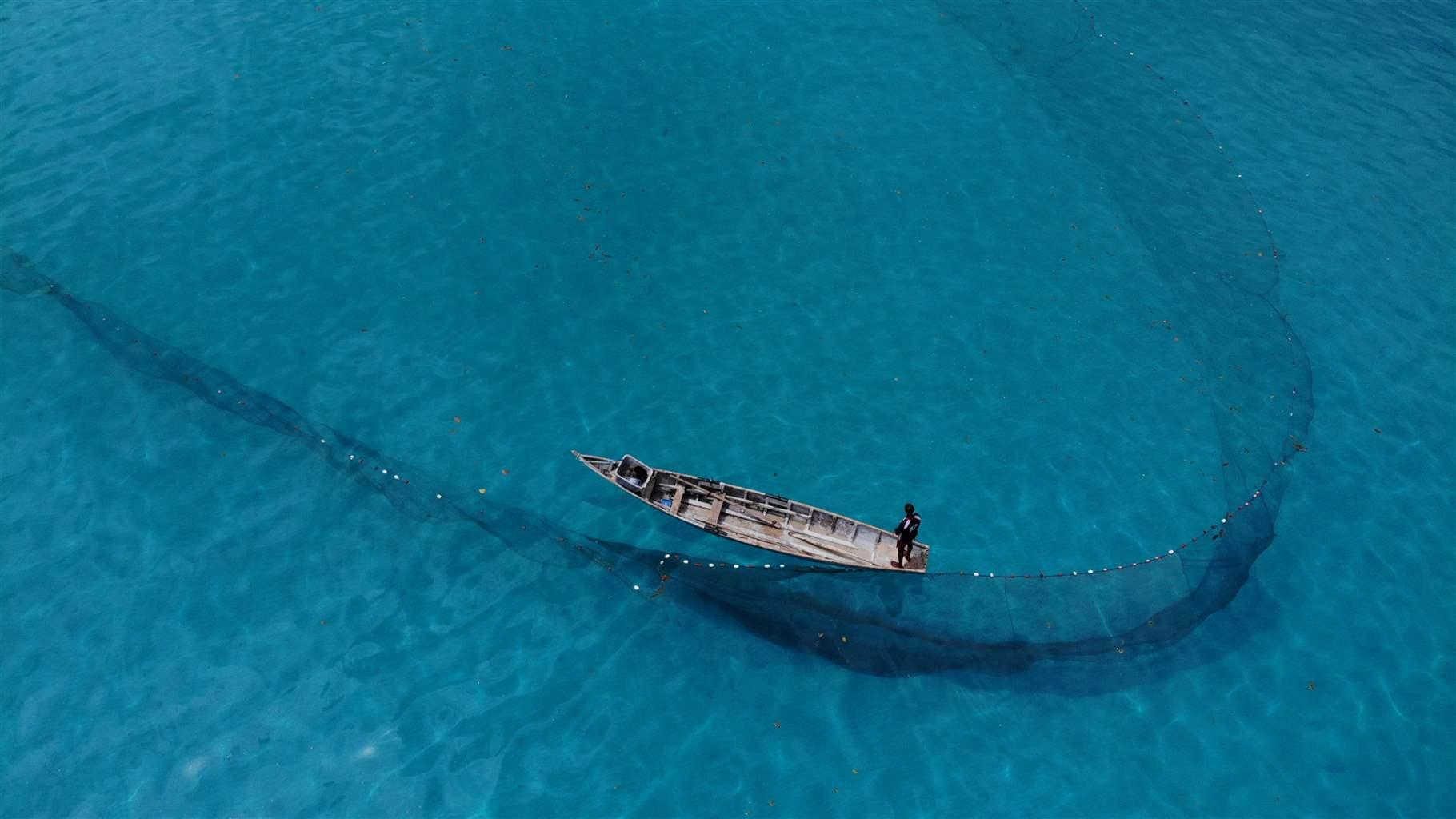
Our ocean hosts an immense array of life and provides countlesss benefits to humankind. Yet the global marine environment is deteriorating faster than at any time in recorded history due to human activity, including climate change and overexploitation of natural resources.
At this crucial moment for ocean health, representatives from around the globe are participating in part one of the 15th United Nations Conference of the Parties to the Convention on Biological Diversity (CBD COP15) in Kunming, China.
The overarching objective of the CBD COP15 process is to secure a “Post-2020 Global Biodiversity Framework,” a sweeping environmental agenda that is expected to be adopted at a second Kunming meeting, scheduled for April and May 2022. The CBD is an international treaty that aims to address global threats to biodiversity, including climate change, habitat loss, and pollution. The agreement, which came into force in 1993, has near universal participation among countries, and it is considered a key framework to facilitate sustainable development.
In July, CBD published the first draft of the Post-2020 Global Diversity Framework. A key element of this framework is Target 3, which calls for at least 30% of land and ocean to be protected and conserved by 2030, a movement known as “30 by 30.”
The International Union for Conservation of Nature (IUCN) endorsed Target 3 in September during its World Conservation Congress in Marseilles. The target is embedded in Motion 101, which calls for protecting and sustainably managing at least 30% of Earth’s terrestrial and ocean ecosystems, and highlights the strong scientific case for protecting, conserving, and restoring at least half of the planet. IUCN members—which include governments, nongovernmental organizations, and Indigenous peoples’ organizations—voted overwhelmingly in support of the motion, which also recommends that governments focus on the quality of protections and prioritize key areas for biodiversity while recognizing the essential role that Indigenous peoples and local communities play in conserving Earth’s remaining wild spaces.
Over the past year, global momentum has grown in support of a science-based 30 by 30 target, with more than 100 countries now publicly supporting the marine goal—most notably through the Global Ocean Alliance and the High Ambition Coalition for Nature and People. In addition, 92 world leaders have announced support for achieving an ambitious set of global targets for reversing biodiversity loss by 2030 as part of the Leaders’ Pledge for Nature.
These objectives are underpinned by scientific studies showing the need for urgent action to reverse biodiversity decline, restore ecosystems, and stabilize the climate so that people and wildlife can continue to thrive on Earth. According to the Marine Protection Atlas, about 7.7% of the global ocean is currently protected, the vast majority of which is within marine protected areas (MPAs). Only 2.7% of these areas are fully protected, while others permit various activities, including fishing by Indigenous peoples and sustainable commercial extraction. Target 3 calls for meeting the ocean portion of 30 by 30 within MPAs and other effective area-based conservation measures, both of which are key policy tools that nations can use to meet conservation targets. Combined with effective and well-managed implementation, these tools can help the ocean be more resilient, and help biodiversity and communities thrive.
Achieving the CBD’s proposed ambitious, science-based targets requires that leaders around the planet take swift action to establish a global network of protected areas and ensure a sustainable future—for nature and people.
Johnny Briggs is a senior officer with the Pew Bertarelli Ocean Legacy and Masha Kalinina is a senior officer with The Pew Charitable Trusts’ international conservation unit.
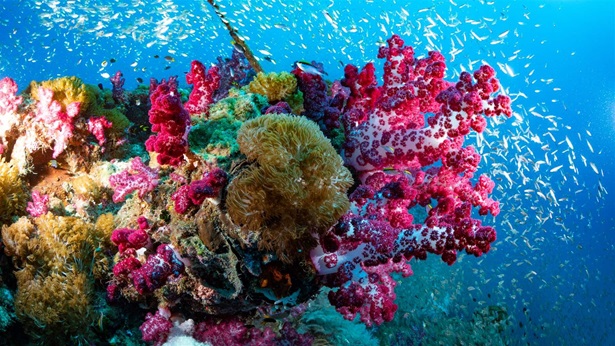
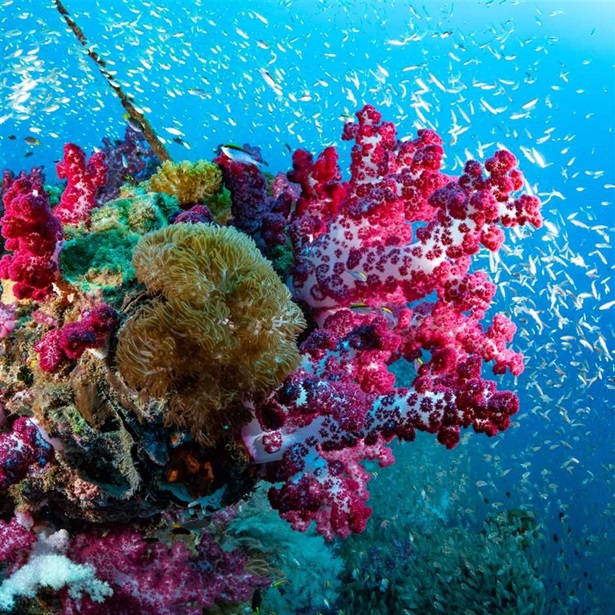
For 30% Ocean Protection, Look Beyond Conventional Tools


America’s Overdose Crisis
Sign up for our five-email course explaining the overdose crisis in America, the state of treatment access, and ways to improve care
Sign up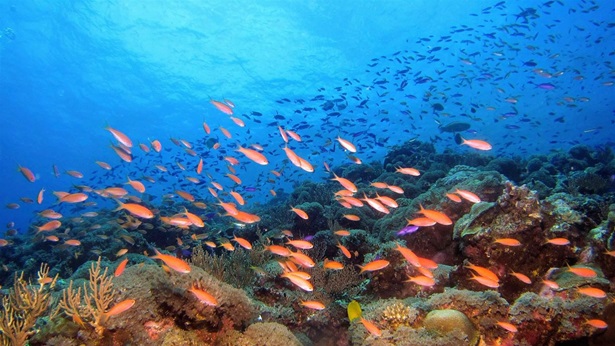
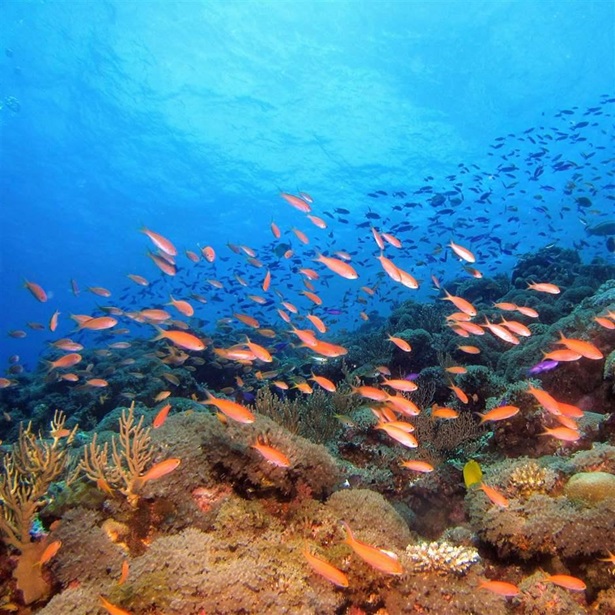
A Framework Helps to Clearly Define Marine Protections
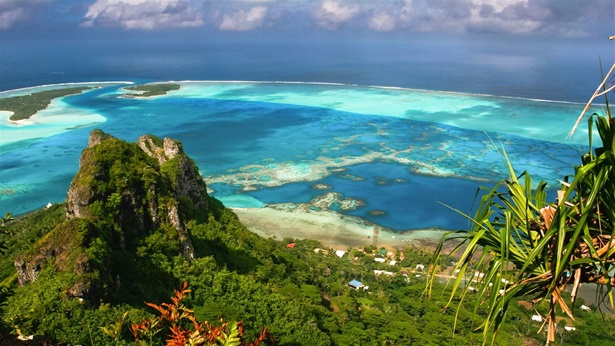
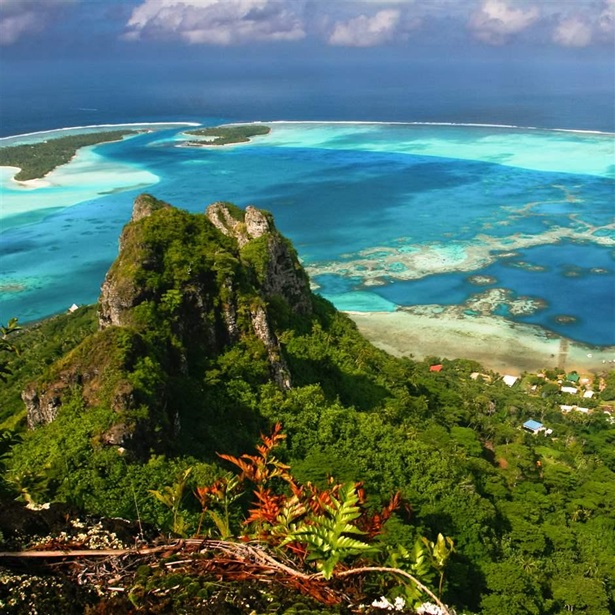
Governments Can Help Nature and People Thrive
